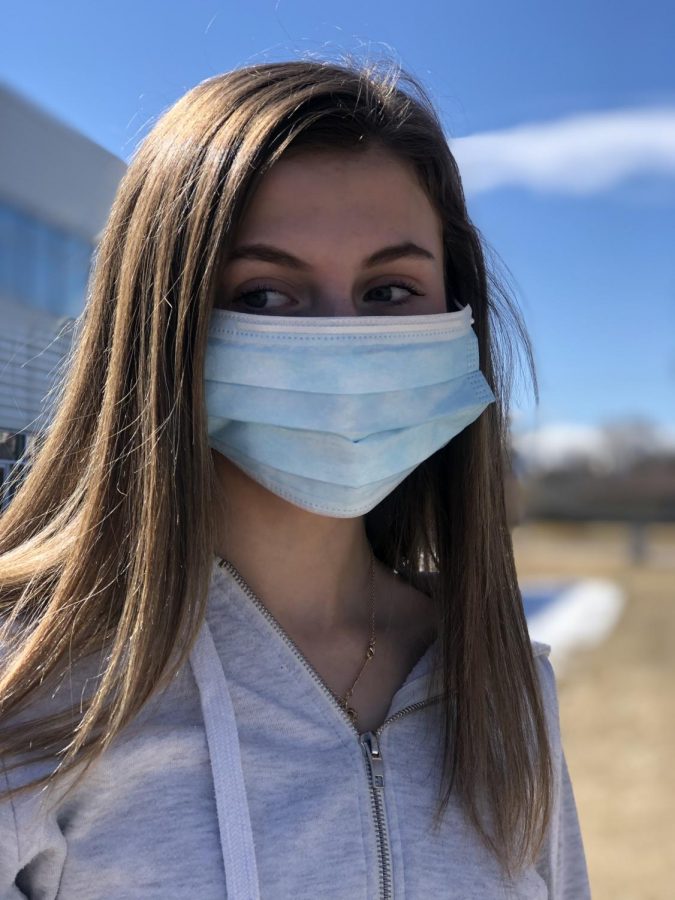What’s The Deal With Coronavirus?
March 9, 2020
COVID-19 (Coronavirus) has been the biggest topic of conversation for over a month. This disease (which originated in Wuhan, China) has symptoms that are very similar to influenza, including fever, shortness of breath, and coughing. These symptoms appear to be pretty mild, analogous to an everyday cold or 24-hour bug. This begs the question, why are people dying from Coronavirus?
In total, about 2,867 people have died from the Coronavirus globally according to marketwatch.com (February 28, 2020). The statistics show that the mortality rates for COVID-19 differ per age. For example, children age 10-19 have a mere 0.2% mortality, whereas people age 80 and up have a mortality rate of 14.8% (Chinese Center for Disease Control and Prevention). This is believed to be the case due to the fact that the elders being affected are likely to have preexisting health concerns that the Coronavirus exacerbates. On the other end of that, the children’s mortality rate is so low due to the strength in their young immune systems and (most likely) nonexistent prior health issues.
Another question that has risen from the concerns regarding COVID-19 is its effect on the economy. The large public fear of packaging and shipping goods (specifically from China) has caused the stock market to crash, suffering worse than it has since the housing crisis of 2008. On top of this, companies are placing hundreds of thousands of dollars into the research of the Coronavirus. This is sending these companies into debt that will undoubtedly be difficult to get out of.
So how can we (The United States) handle this in an orderly fashion? There have been instances in history very similar to what the world is going through now with COVID-19. In 2003, there was a SARS (Severe Acute Respiratory Syndrome) outbreak in Toronto, Canada. The initial source of this outbreak was a woman who had traveled from Hong Kong to Toronto, very similar to COVID-19 coming from China. The main difference between SARS and COVID-19 is the fact that there were 800 deaths from SARS worldwide (as opposed to the 2,867+ caused by Coronavirus).
It is very clear that the Coronavirus has turned out to be a much larger epidemic than the SARS outbreak, proving that solutions reached at that time would need to be scaled up and modified.
The easiest solution would be to continue on the track that we have been on in this process. Doctors and researchers have been working tirelessly to find the transmission, progression, and control mechanisms specific to COVID-19.
As for us, basic safety precautions have been suggested by the World Health Organization, including washing your hands frequently, avoid touching eyes, mouth and nose, and visiting a doctor if you are experiencing symptoms such as coughing, spiking a fever, or wheezing. For more information and suggestions by this global organization, click here.






